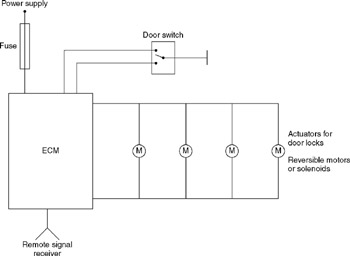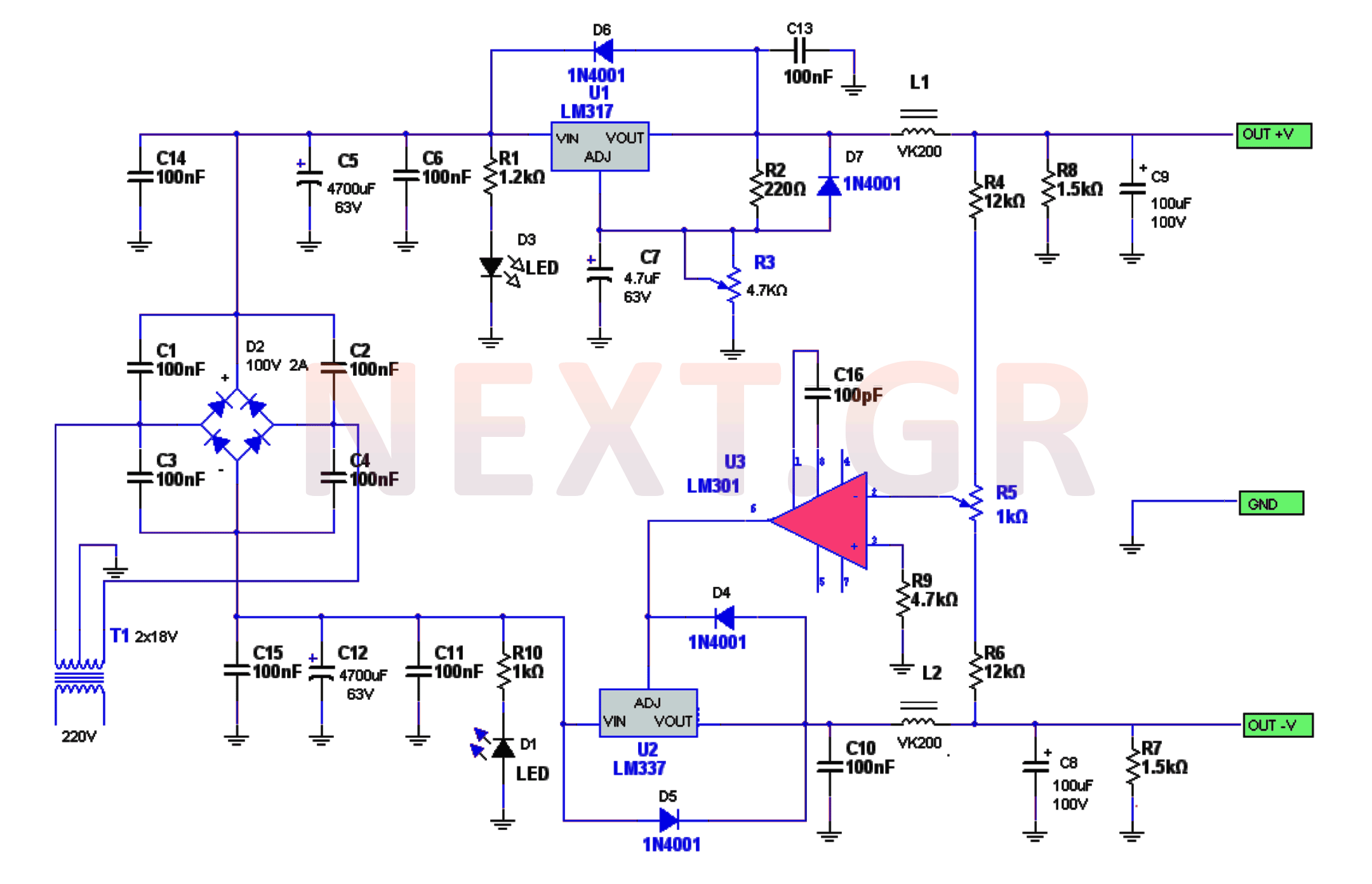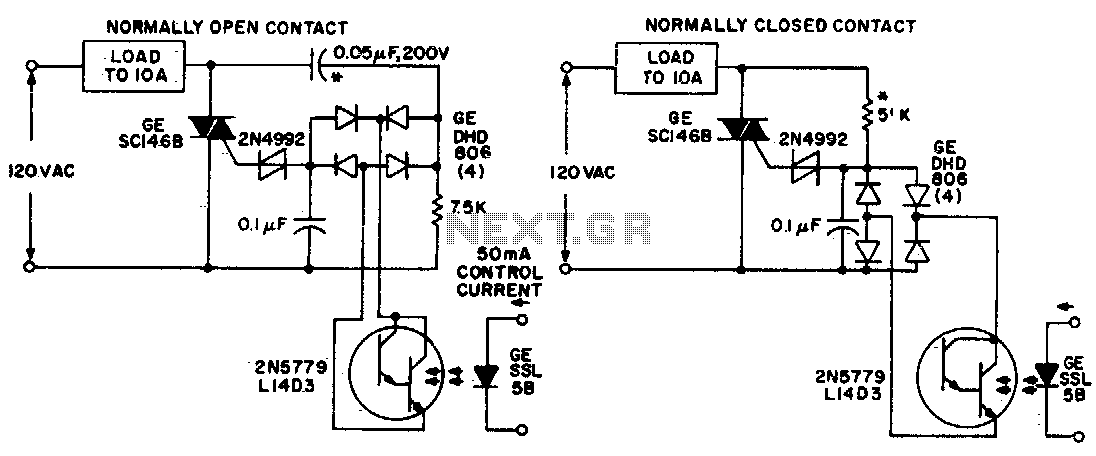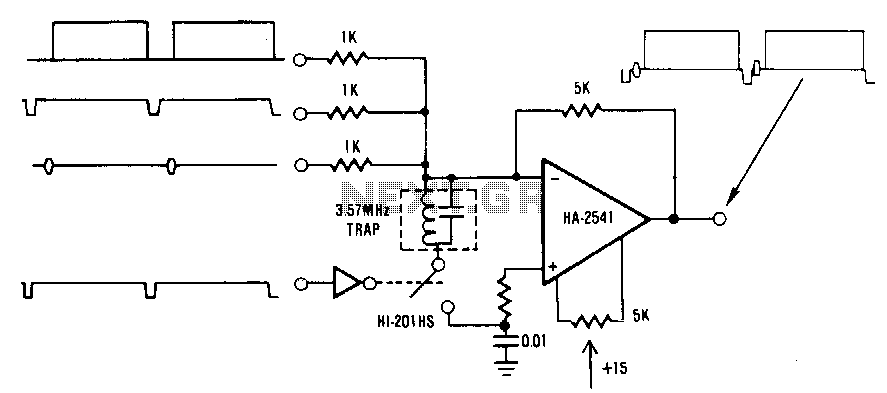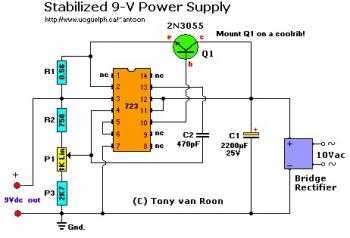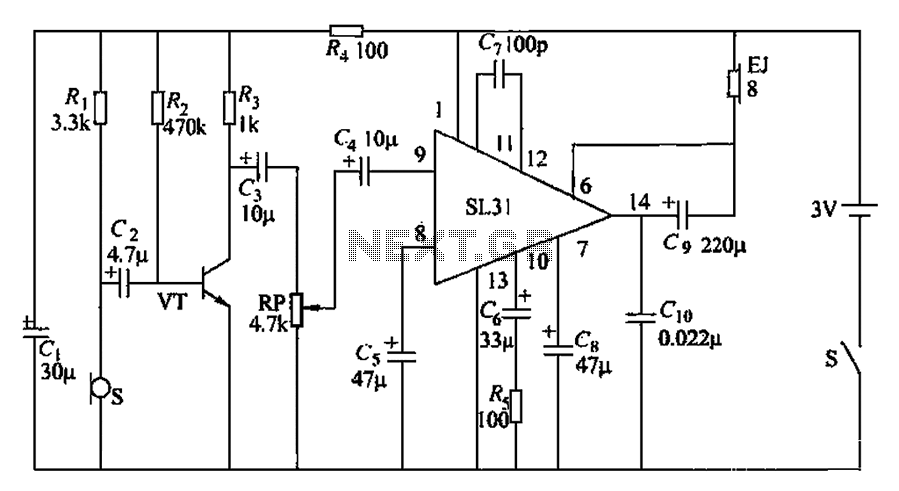
TDA1516 Mini Subwoofer Circuit
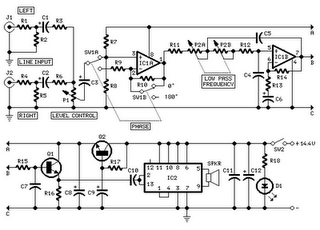
This component is useful for ensuring that the subwoofer is in phase with the speakers of the existing car radio. It utilizes dual-linear motion potentiometers, capacitors, and electrolytic components.
The circuit described involves a phase alignment system designed to optimize the performance of a subwoofer in relation to the main speakers in a car audio system. The primary function of this system is to ensure that the sound waves produced by the subwoofer and the speakers are synchronized, thereby enhancing the overall audio experience.
The core components include dual-linear motion potentiometers, which are utilized to adjust the phase and amplitude of the audio signals. These potentiometers allow for fine-tuning of the subwoofer's output to match the timing of the main speakers, ensuring that the sound waves reach the listener's ears simultaneously. This alignment is crucial, as any delay between the subwoofer and the speakers can lead to a muddy or incoherent sound.
Capacitors play a significant role in this circuit by filtering out unwanted frequencies and stabilizing the voltage levels across the components. Electrolytic capacitors, in particular, are used for their high capacitance values, which are effective in smoothing out the audio signals and providing a stable power supply to the potentiometers.
The overall design of the circuit should include careful consideration of component ratings and values to ensure compatibility with the existing car radio system. Proper grounding and shielding techniques must also be implemented to minimize noise and interference from other electronic components within the vehicle.
In conclusion, this phase alignment circuit is essential for achieving a cohesive sound output from a car audio system, allowing for an enhanced listening experience while driving.Function: useful to the subwoofer in phase with the speaker of the existing car radio.Component: dual-linear motion potentiometers, capacitors, electrolytic .. 🔗 External reference
The circuit described involves a phase alignment system designed to optimize the performance of a subwoofer in relation to the main speakers in a car audio system. The primary function of this system is to ensure that the sound waves produced by the subwoofer and the speakers are synchronized, thereby enhancing the overall audio experience.
The core components include dual-linear motion potentiometers, which are utilized to adjust the phase and amplitude of the audio signals. These potentiometers allow for fine-tuning of the subwoofer's output to match the timing of the main speakers, ensuring that the sound waves reach the listener's ears simultaneously. This alignment is crucial, as any delay between the subwoofer and the speakers can lead to a muddy or incoherent sound.
Capacitors play a significant role in this circuit by filtering out unwanted frequencies and stabilizing the voltage levels across the components. Electrolytic capacitors, in particular, are used for their high capacitance values, which are effective in smoothing out the audio signals and providing a stable power supply to the potentiometers.
The overall design of the circuit should include careful consideration of component ratings and values to ensure compatibility with the existing car radio system. Proper grounding and shielding techniques must also be implemented to minimize noise and interference from other electronic components within the vehicle.
In conclusion, this phase alignment circuit is essential for achieving a cohesive sound output from a car audio system, allowing for an enhanced listening experience while driving.Function: useful to the subwoofer in phase with the speaker of the existing car radio.Component: dual-linear motion potentiometers, capacitors, electrolytic .. 🔗 External reference
